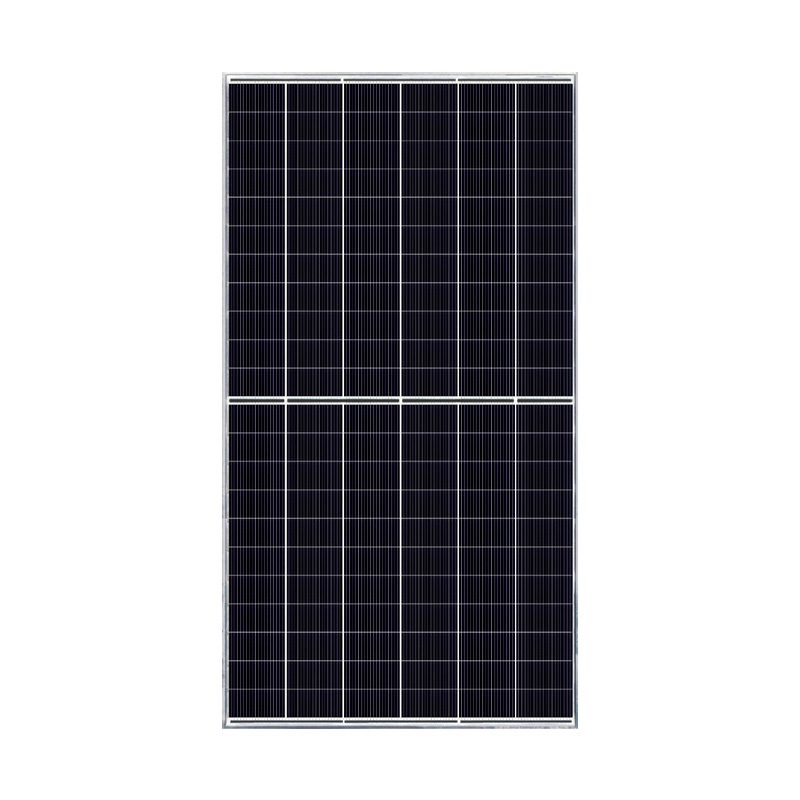While wall-mounted solar panel installations can offer a great many advantages, it is important to be aware of the benefits and practicalities of the process itself. The wall-mounted solar panels use highly efficient monocrystalline modules and thus generate the maximum possible amount of power from a limited area. These panels are built to be durable against a wide range of weather and should be able to last for years with little maintenance.
Key Considerations for Wall-Mounted Solar Panels
Site Assessment and Orientation
Before putting your solar panels on the wall, you must assess the site as a first step in this process. The installation site needs to have enough sunlight during the day for proper energy generation. In the northern hemisphere, a south-facing wall is usually best; in the southern hemisphere, a north-facing wall is preferred. Its orientation is essential to optimize sunlight and boost overall efficiency.
Shading analysis is another requirement that should be appropriately fulfilled. Look for possible hindrances such as trees, shade, buildings, or other structures that may shadow the panels.
Structural Integrity and Load-Bearing Capacity
The structural condition of a wall where solar panels will be installed must be carefully assessed. Not only do walls support the panel weight, but they also must resist all other loads, particularly wind and seismic forces. Seek advice from structural engineers to guarantee adherence to safety standards.
Modern solar panels, like N-type and P-type panels with power ratings as high as 425W to 720W, are built to last, but they still need a solid surface to be mounted on. The wall should be tested to support these loads effectively.
Local Regulations and Compliance Standards
Must adhere to local building codes and regulations. Before installation, make sure you have the required permits. Local authorities and professional installers can save you from legal hassle that is often seen as a common thing to come across, based on your location.
Design and Installation Process
Selecting the Right Solar Panel Models
Based on your energy needs and wall size, you should choose the right models of solar panels. For home and domestic use, Monofacial like 54JWU-S Monofacial of WonVolt could be a good choice as it offers great output without going heavy on house appeal.
In other contexts, like industrial or commercial projects, bigger systems might be more adequate. It is possible to scale up industrial-style installations in places like Tanzania and South Africa that have a capacity of more than one megawatt.
Mounting System Options for Walls
Systems designed to be mounted on a wall have specialized hardware used for vertical installations. There are fixed angle brackets for simple installations and adjustable systems, which provide more flexibility for catching the sun during various seasons of the year. These can be stationary brackets placed at a fixed angle for simplicity, or adjustable systems that allow the solar panel to be moved to capture sun exposure all year long.
Ensure that mounting systems are corrosion-resistant and compatible with your selected solar panel models. Proper alignment during installation minimizes stress on both the panels and the supporting structure.
Wiring and Electrical Integration
A key step is connecting solar panels to the inverter (and battery storage if present), which uses wiring. Use good quality cables rated for the outdoors, so they don’t suffer degradation after a year or two. We also need ground points & surge protections so that safety can be assured as well.
Performance Optimization Strategies
Maximizing Energy Efficiency Through Placement
Maximizing the energy output of your wall-mounted system throughout the year comes down to placement and doing it right. Tilt angles can be modified per season based on the location of the sun, which increases efficiency during the shorter days of winter.
Advanced technologies like bifacial panels can further boost performance by capturing reflected sunlight from surrounding surfaces.
Mitigating Shading and Environmental Impacts
Shading remains one of the primary challenges for wall-mounted systems. Use micro-inverters or power optimizers to mitigate losses caused by partial shading conditions.
Environmental factors such as dirt accumulation also affect performance over time. Regular maintenance, including cleaning panel surfaces, ensures consistent energy production.
Maintenance and Longevity of Wall-Mounted Solar Panels
Cleaning and Inspection Protocols
A proper inspection and cleaning schedule is essential for the ideal functioning of every wall-mounted solar panel. The surface of the panels can build up dust, dirt, bird droppings and other debris over time, which can result in lower efficiency.
Regular inspections are just as important. Look for any physical damage cracks, scratches on the glass surface and ensure that all electrical connections remain in place. Energy losses or even system failures can occur due to loose wiring or corroded connectors.
Scheduling inspections at least twice a year is recommended, particularly before and after harsh weather seasons. This practice ensures that your system remains in peak condition throughout its lifespan.
Addressing Wear and Tear Over Time
Despite maintenance, over the years components wear out. That may require new components like mounting brackets, wiring, and possibly inverters to stay current with technological standards. Nowadays, many of the systems have warranties for materials and linear power output for many years.
Another consideration is the degradation rate of solar panels. If you see a sharp decrease in power production even under the right conditions, it could be time to seek professional services to determine the issue.
Cost Analysis and Return on Investment
Initial Installation Costs with WonVolt Products
Wall-mounted solar panels are an expensive alternative to purchase and the cost can differ based on factors such as panel type, system size, and installation complexity. Highly cost-effective offerings with notably high power and low Levelized Cost of Energy (LCOE), such as 60JWU-S Monofacial WV60JWU505-H8NS are can be lucrative products.
Recent installations show that large capacities can be achieved for industrial-scale projects. Consider the residential units, which are less expensive but still very effective as a result of technological advancements. Although the upfront costs can be overwhelming, much of these expenses are subsidized by the government in the form of tax credits and incentives. Besides, by working with trustworthy providers, contractors utilize quality materials. This will save a lot of time.
Long-Term Savings and Energy Output
The return on investment (ROI) for wall-mounted solar panels becomes evident when considering long-term savings on electricity bills. High-efficiency panels generate more energy over their lifespan, reducing dependency on grid power.
For example, advanced inverter systems optimize energy conversion while reducing losses. In addition, battery storage solutions make the usage of energy self-sufficient through storing excess energy that can be used during night hours.
If you have maintenance protocols in place, your wall-mounted solar panels can perform for years to come. The lower operational expenditures, paired with environmental advantages, make this investment both sound and sustainable. Answers to cutting operational costs and being eco-friendly — an investment with a double positive return!
WonVolt offers state-of-the-art solar solutions tailored for both residential and industrial applications. Their products are designed with cutting-edge technology to maximize efficiency while minimizing costs over time.
FAQs
Q 1: How frequently should I clean my wall-mounted solar panels?
A: Ideally, you should get your solar panels cleaned every six months or (if there has been a heavy storm) as needed to maximize their efficiency.
Q2: What are the influences on the ROI of wall-mounted solar panels?
A: Several factors affect this, including panel efficiency, installation cost, local electricity rates, and any government incentives available.
Q3: Is a wall-mounted system available for every building?
A: Absolutely, as long as the walls perform well structurally and have sufficient sun exposure each day.


